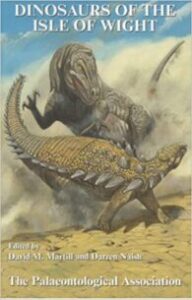This is a difficult but nevertheless extremely interesting book. It is written, I think, for academics, but interested amateurs (like I did)will certainly find it stimulating – a mixture of palaeoanthropology and the philosophy of science.


This is a difficult but nevertheless extremely interesting book. It is written, I think, for academics, but interested amateurs (like I did)will certainly find it stimulating – a mixture of palaeoanthropology and the philosophy of science.

Maybe it’s a result of my social anthropology and geological background, but I found this difficult but fascinating book a great read. It’s about nineteenth century India. It is not about the modern geological science or social anthropology of the subcontinent, but rather, the geological imagination of India, as well as its landscapes and people, and its history.

I wish I had this book when I was starting out collecting fossils. It has everything and more you need to take your hobby (and, who know, later a career in palaeontology) to a better, and more advance and fulfilling place. While I will never take the record-keeping and note taking to the levels gently suggested in this very readable book, perhaps if I had read this when I was a teenager, perhaps I would have done.
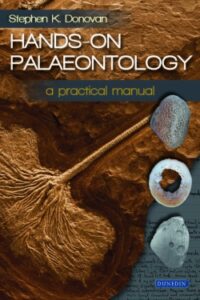
It is a wonderful state of affairs that we can not only now write detailed books about planetary geology and geomorphology of the bodies in the solar system, but we can also illustrate them with wonderful photographs.
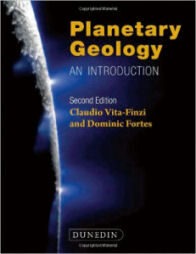
This book is truly sumptuous, and yet is also a comprehensive discussion of William Smith’s maps (including the revolutionary ‘A Delineation of the Strata of England and Wales, with part of Scotland’) and career. It is beautifully produced, printed on quality paper and the full colour illustrations are outstanding.
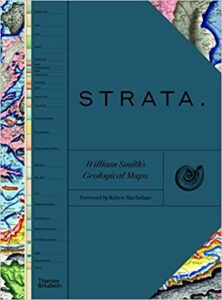
Introducing Natural Resources is another in the Dunedin Academic Press series of introductions to scientific subjects, in particular, the earth sciences. You will probably be aware that I have positively reviewed a large number of them for this website, and this new guide is no different.
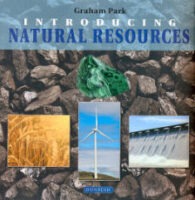
I love geomorphology. I suspect many people are discouraged by its scientific name, but all it means is the study of the earth’s landforms and the processes that create the landscapes we see today. That is, why this coastline looks different from that, why that mountain is a funny shape, why Africa seems to fit into South America like a jigsaw, and so on and so forth.

This is an interesting book for those of us who are curious about the complex origins, variety and geological history of the continent of Europe. In particular, it covers and explains the background to its distinct regions and landscapes – from the flat plains of Northern Europe to the Alps and related mountains of the south.
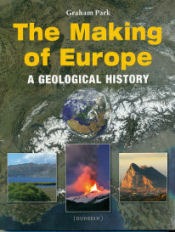
This is a third, revised edition of a very successful, introductory-level geology guide. In it, the author has taken the opportunity to revise and update the text, and to substitute improved illustrations for some of the old ones.
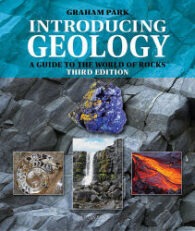
Any serious collector of fossils will certainly have heard of the famous Green River, Morrison and Hell Creek formations. These, are not commonly detailed in guides that can easily be obtained in the UK – that is until now. Dr John R Nudds from the University of Manchester, UK, has teamed up with Dr Paul A Selden from the University of Kansas, USA, to produce this outstanding publication.
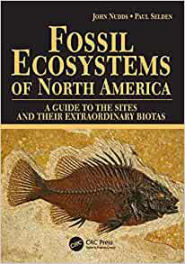
Patagonia has not always been the cold, arid and dry place it is today. About 17Ma – because the Andes were much lower allowing humid winds from the west to reach the area – it consisted of substantial forests and grasslands. It was also inhabited by strange and wonderful animals, many of which are now extinct.
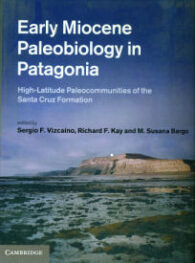
In recent years, there has been a lot written on the fossils of the UK Chalk. However, this guide was the first and is still probably the best for identifying and learning about the fossils that can be found in the chalk cliffs and pits of the UK.
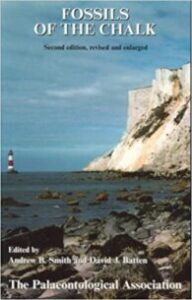
Like the book, Applications of Palaeontology: Techniques and Case Studies, this book is not for the casual fossil collector. Rather it is for the student, academic, oil industry professional or the more dedicated amateur collector.

Introducing Mineralogy continues the high standard set by its predecessors in the Dunedin series of guides introducing aspects of the different sciences, especially the earth sciences. It is slightly larger than some of the others, but is still beautifully illustrated, nicely written and very informative.
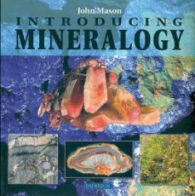
This is a brief guide explaining how the reader may collect meaningful data at outcrop level and make provisional identifications of common lithologies. It is not intended as a comprehensive field geology textbook and assumes that readers have already studied geological theory (and, as such, is probably most useful of the undergraduate, but could be interesting for anyone interested in geology).
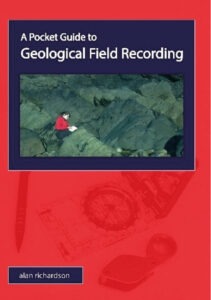
The format of Dunedin books is always the same – authorative, but easy to understand text, interspersed by bold, full colour diagrams and photographs. And the topics of oceanography and meteorology certainly complement each other. The planet is two-thirds covered by water and the energy it contains massively affects the way the Earth system (especially climate) works.
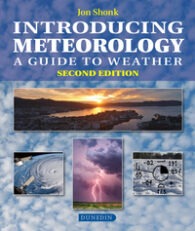
The Geologists’ Association has produced yet another great guide, this time on the geology of Wales. However, this is a slightly different beast from most of their other publications. As is always the case with this excellent series of guides, the book describes the geology of different sites capable of being visited. However, this time, the conceit is that visiting the locations is assumed to be by car.
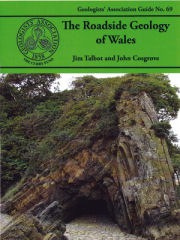
The British upper Ordovician has a spectacular variety of invertebrate fossils. The marine communities in which they lived developed on a number of microcontintents and terranes, associated with tectonically active areas of the Earth’s crust.

I don’t normally review BGS memoirs – they are excellent publications, but largely written for the professional or the seriously committed amateur geologist. (I have to admit to owning several, which cover my favourite fossil collecting areas of the UK.) However, this one is a ‘Special Memoir’ that I am quite willing to make an exception for.
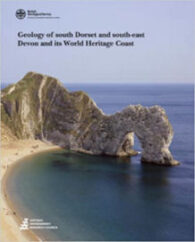
Dunedin publishes a series of ‘Guide to’ books that are excellent little volumes for the beginner and the amateur, and this one is no different. Written by the ubiquitous volcano specialist, Dougal Jerram (aka Dr Volcano), it is a nice little summary of the basics of the science of volcanology.
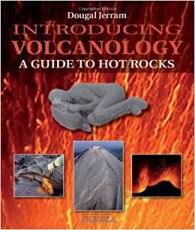
I suspect that many people who visit this website do so because of their amateur love of fossils and geology. They are interested in geology and palaeontology only on a curious level. However, there are no doubt some – perhaps at university or have just left tertiary education – who are currently wondering whether their interest in fossils can be used for more remunerative purposes.

Fossils of the Rhaetian Penarth Group was the ninth published by PalAss and covers the eponymous Rhaetian Penarth Group, which includes the former Westbury Beds, Cotham Beds and White Lias.

I have been lucky enough to review several books by Dunedin – the others being on palaeontology, geology and volcanology. And this is as good as the others. However, it is not an easy book to read. The illustrations are, as always, superb – colourful and clear – but this book is more suitable for the more mathematically and scientifically minded, especially those who enjoy the science of engineering.
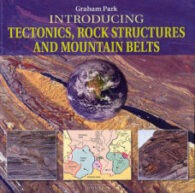
I love both the Yorkshire coast and its Jurassic fossil flora. I have used this guide many times, while ambling around looking for fossil plants.

Once upon a time, I would have said that the only reason to buy this sort of guide is to look at the (black and white) photos of dinosaurs and their bones, and learn about the terrestrial life of what is now the Isle of Wight. However, this is obviously wrong. Of course it is possible for amateurs, as well as professionals, to find dinosaur bones on the beaches of the island.
